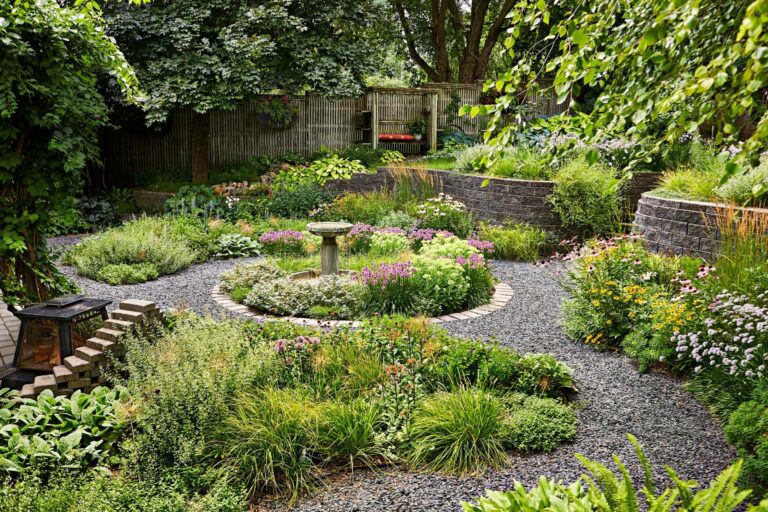Gardens today are moving away from being labor-intensive showcases and evolving into sustainable, resilient ecosystems.
People are discovering that a beautiful garden can coexist with minimal intervention, providing a natural retreat without endless upkeep.
Fewer hours spent pruning, weeding, and watering means more time to enjoy a tranquil living environment.
Building a garden that works with nature, not against it, brings long-term resilience and emotional satisfaction.
1. Rethink the Traditional Garden Approach
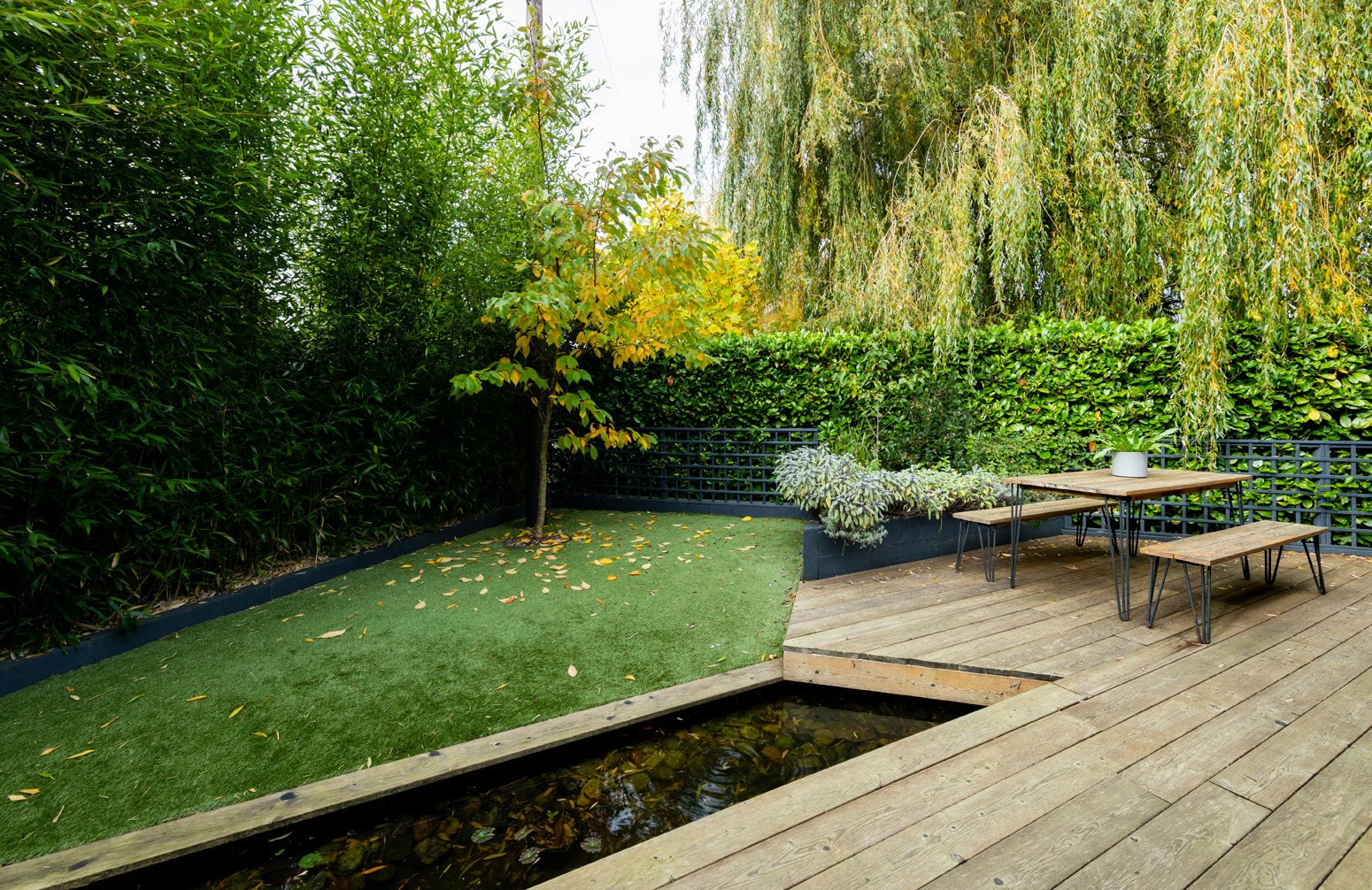
Gardening has long been approached as a battle for control, where every wayward blade, creeping vine, or spontaneous sprout had to be conquered. Every plant was either deemed an asset or a problem to eliminate.
Moving away from this combative mindset opens new possibilities for working in partnership with nature, creating a space that feels free yet intentional.
Low-maintenance gardening should not be mistaken for neglect. Occasional weeding, seasonal care, and attentive observation remain essential. Instead of strict, repetitive manicuring, the goal shifts toward strategic nurturing. A garden flourishes most when given gentle guidance, not relentless control.
Nature responds remarkably well when allowed to do what it does best. Creating an environment that encourages natural processes leads to a vibrant, resilient space.
To illustrate the practical ways of shifting the traditional mindset, consider:
- Letting hardy, beneficial plants reseed naturally fills gaps, saves money, and reduces the need for replanting.
- Building small habitats like bee hotels, planting pollinator-friendly species, or attracting beneficial insects like ladybugs brings in natural pest control.
- Allowing plants to wander slightly instead of rigidly controlling them creates softer, more dynamic plant groupings.
- Leaving some leaf litter and decaying wood enriches the soil and fosters a healthy ecosystem.
Reward comes not from imposing strict order but by witnessing a garden that looks organic, alive, and constantly evolving with the seasons. Patience and observation replace frantic interventions.
If you need professional help with transforming your garden into a low-maintenance one, visit admirallakeandpondrestoration.com.
2. Site Preparation: The Essential First Step
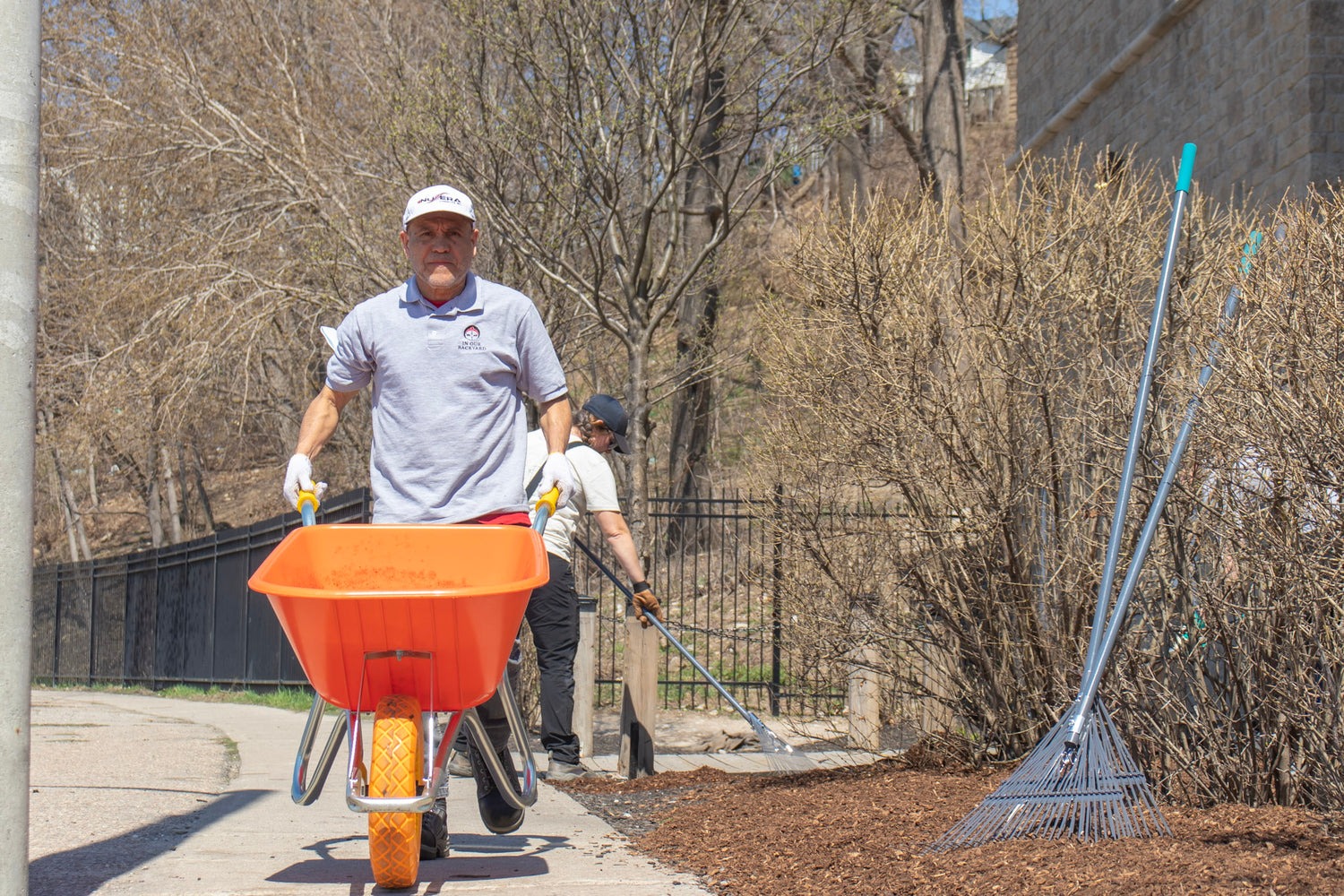
Every successful low-maintenance garden begins with thoughtful site preparation. Investing time and energy before planting ensures that the garden will thrive naturally and demand less work over the years.
Preparing the ground properly allows plants to establish strong roots, fight off weeds, and resist drought and pests with minimal assistance.
Clearing invasive weeds should be the first priority. Leaving even small patches can lead to ongoing problems that consume valuable time later.
Assessing soil structure is equally important. Compacted, nutrient-poor, or poorly draining soils hinder healthy plant development and can turn even the best plant selections into disappointments.
Several reliable methods can be used to prepare the site without resorting to heavy chemical use. A few of the most effective techniques include:
- Solarization: Lay clear tarps over soil during the hottest months. Sunlight heats the soil underneath, killing weed seeds, pathogens, and many pests.
- Sod Cutting: Remove turfgrass by slicing it off at the roots. Leaves bare soil behind, ready to accept new plantings.
- Lasagna Mulching (Sheet Mulching): Layer cardboard, compost, and mulch directly onto existing vegetation. Smothers weeds while building rich, friable soil underneath.
Healthy soil development should also be a major focus during site preparation. Compost, well-aged manure, and natural soil amendments can transform tired, lifeless dirt into a vibrant growing medium.
Before planting, aim for soil that is loose, crumbly, and teeming with microscopic life.
3. Choose the Right Plants for Your Site
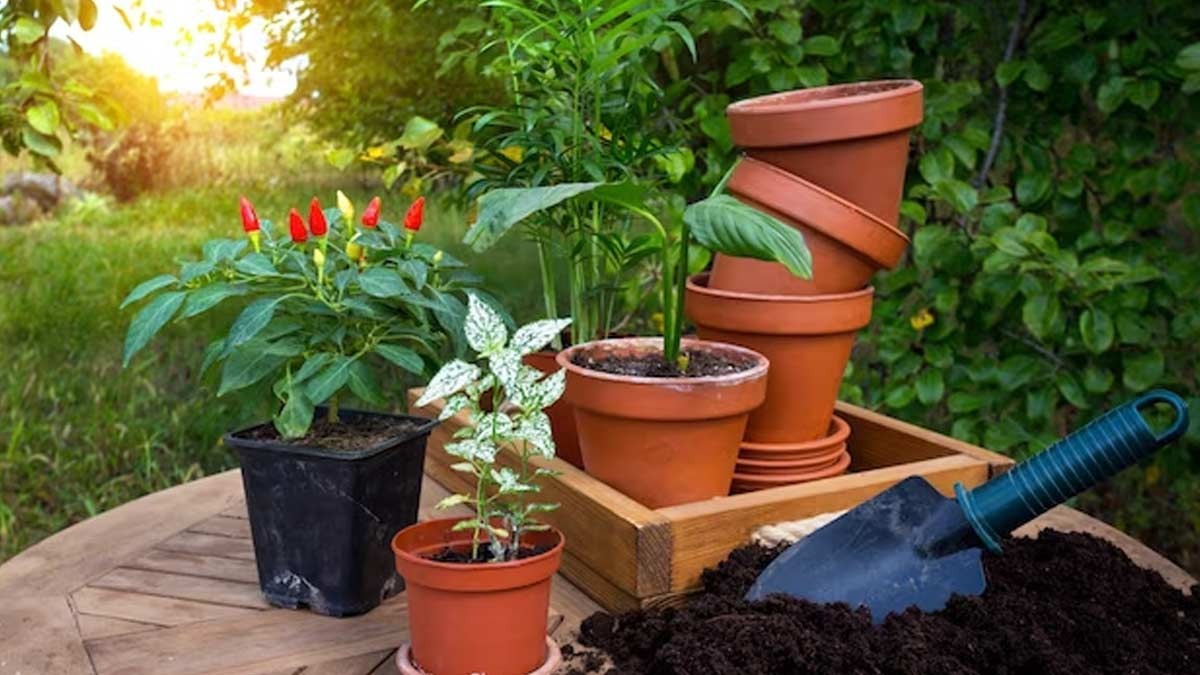
Selecting plants suited to the specific conditions of your garden makes a tremendous difference in building a space that thrives with minimal effort. Native plants and climate-adapted species naturally align with local environmental factors, requiring less water, fewer chemical interventions, and less attention overall.
Success begins by thoroughly evaluating your garden’s environmental conditions. Before rushing into plant selection, it helps to create a checklist.
Key conditions to assess include:
- Sunlight exposure: Full sun, partial shade, full shade
- Soil type: Sandy, loamy, clay-heavy
- Moisture levels: Dry, moderate, consistently moist
- Microclimates: Windy areas, sheltered nooks, frost pockets
Each of these factors plays a vital role in determining which plants will thrive without needing constant care. Selecting a drought-tolerant species and placing it in a shady, moist spot will guarantee poor performance and wasted resources. Matching plants to conditions makes success effortless.
Native plants offer advantages because they have adapted to local climates and pests over time. They often require no fertilizers, little supplemental watering once established, and create vital habitat for pollinators.
Consider plants such as:
- Wildflowers: Coneflower, Black-eyed Susan, Milkweed
- Grasses: Little Bluestem, Prairie Dropseed, Switchgrass
- Shrubs: Serviceberry, Ninebark, Spicebush
- Trees: Redbud, Eastern Red Cedar, White Oak
Avoid the temptation of invasive “easy-care” species like Periwinkle (Vinca minor) or English Ivy.
Although marketed as low-maintenance groundcovers, they quickly outcompete native flora, harm local ecosystems, and require aggressive removal efforts later.
4. Prioritize Plant Density and Diversity

Dense planting strategies mimic the patterns found in natural meadows and forests, creating a living, breathing system where plants support and protect each other.
Filling available space thoughtfully strengthens garden resilience and reduces maintenance over time.
Layering plants vertically plays a crucial role in building a self-sustaining environment.
Announcing the different plant layers helps visualize their individual contributions:
- Groundcovers: Cover bare soil, suppress weeds, and help retain soil moisture.
- Perennials: Offer seasonal blooms, textures, and important nectar sources for pollinators.
- Shrubs: Provide structure, winter interest, and protective shelter for wildlife.
- Trees: Cast necessary shade, moderate temperature swings, and serve as anchor points for the overall design.
Layered plantings work together much like a natural ecosystem, closing gaps that weeds would otherwise invade and reducing the need for constant watering.
Roots of varying depths ensure efficient use of soil nutrients and moisture, preventing competition while promoting healthy growth.
Dense, multi-layered plantings also serve as living infrastructure for beneficial insects and birds. Announcing key benefits makes it easier to appreciate why density matters:
- Natural weed suppression through shade and competition.
- Water conservation by shading soil and minimizing evaporation.
- Soil enrichment through leaf litter and organic matter cycling.
- Habitat creation for pollinators, small mammals, and beneficial insects.
Building a garden that relies on density and carefully chosen layers turns every square foot into a resilient piece of a vibrant natural system.
5. Reimagine Pathways and Hardscape Areas
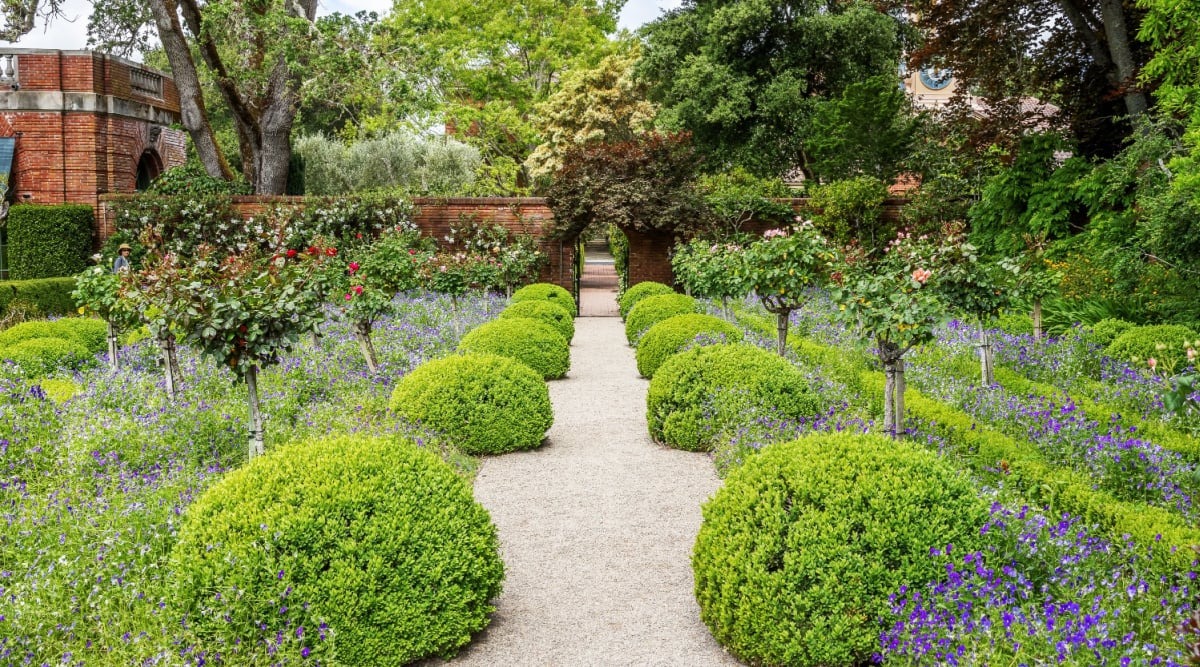
Lawns demand constant mowing, watering, fertilizing, and often end up offering little in return. Shifting focus toward functional, beautiful spaces means rethinking every patch of green into something sustainable and delightful.
Gravel paths provide a superb alternative. Crushed gravel allows water to infiltrate naturally into the soil, reducing runoff and erosion. When setting up paths, proper layering is essential for longevity and stability.
Broad planting beds bordered by natural pathways invite both beauty and practicality.
Instead of vast stretches of lawn, generous beds filled with hardy, well-adapted plants minimize labor and maximize sensory rewards.
Designing movement through the space adds another layer of satisfaction. Winding pathways, secluded benches, and hidden nooks create an immersive experience. Simple adjustments can enhance both function and beauty.
Practical materials for these projects include:
- Crushed gravel: Excellent drainage and walkability.
- Flagstone or natural stone: Provides a timeless, organic feel.
- Food chips: Affordable and ideal for informal trails.
- Permeable pavers: Support structured areas while allowing water absorption.
Every reimagined space becomes an opportunity to build a resilient garden that feels effortless and alive.
6. Soil Health is the Secret Ingredient
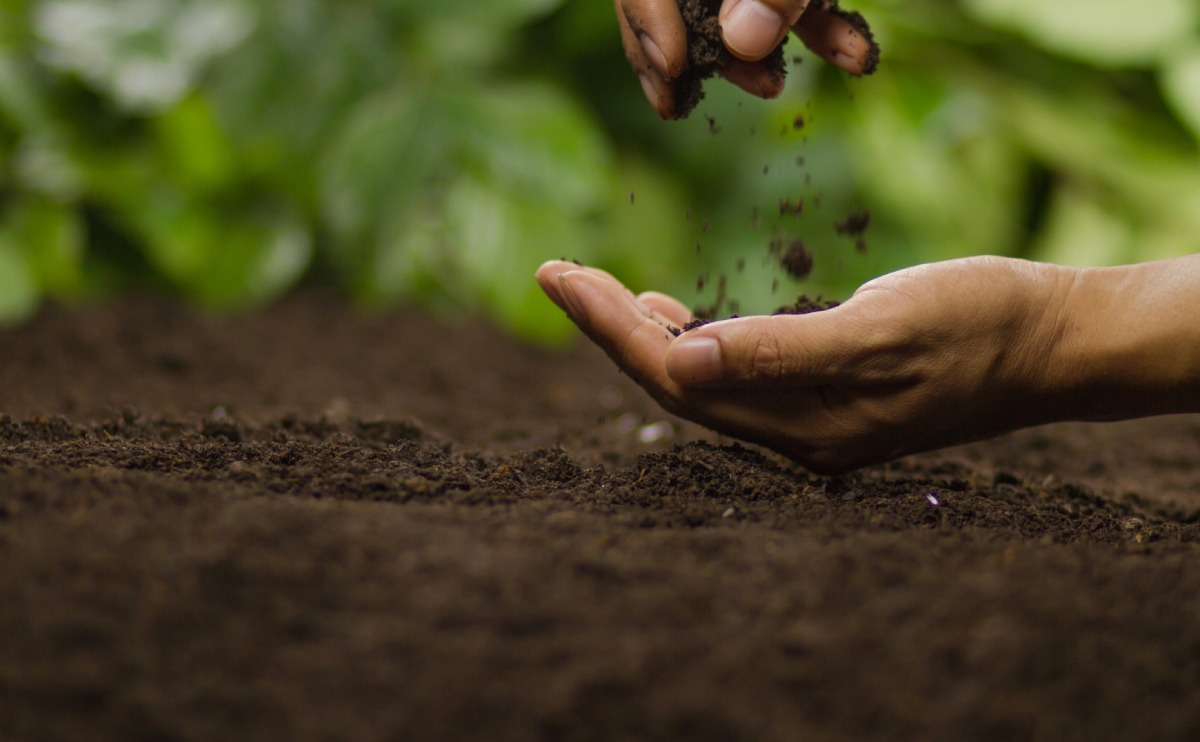
A thriving garden starts underground. Healthy soil teems with life, supplying nutrients, retaining water, and protecting plants against stress. Prioritizing soil health ensures plants develop strong root systems capable of independent survival.
Feeding the soil instead of focusing on individual plants builds a stable ecosystem.
Composting is a fundamental practice, adding organic matter that fuels microorganisms and improves soil structure. Layers of compost enrich the soil slowly and sustainably.
Aerobic compost tea offers a rapid infusion of beneficial microbes, enhancing soil vitality without synthetic chemicals. When used correctly, compost tea can rejuvenate tired soils within a single growing season.
Mulching serves as an invisible yet powerful ally. Mulch regulates soil temperatures, locks in moisture, and suppresses unwanted growth. An effective soil health strategy includes:
- Heavy composting: Replenishes organic material and promotes biological activity.
- Aerobic compost tea application: Boosts beneficial microbial populations.
- Strategic deep mulching: Smothers weeds, preserves water, and protects roots.
Investing in the soil is an investment in garden longevity, reducing effort while allowing natural processes to flourish.
7. Work With Natural Succession and Change
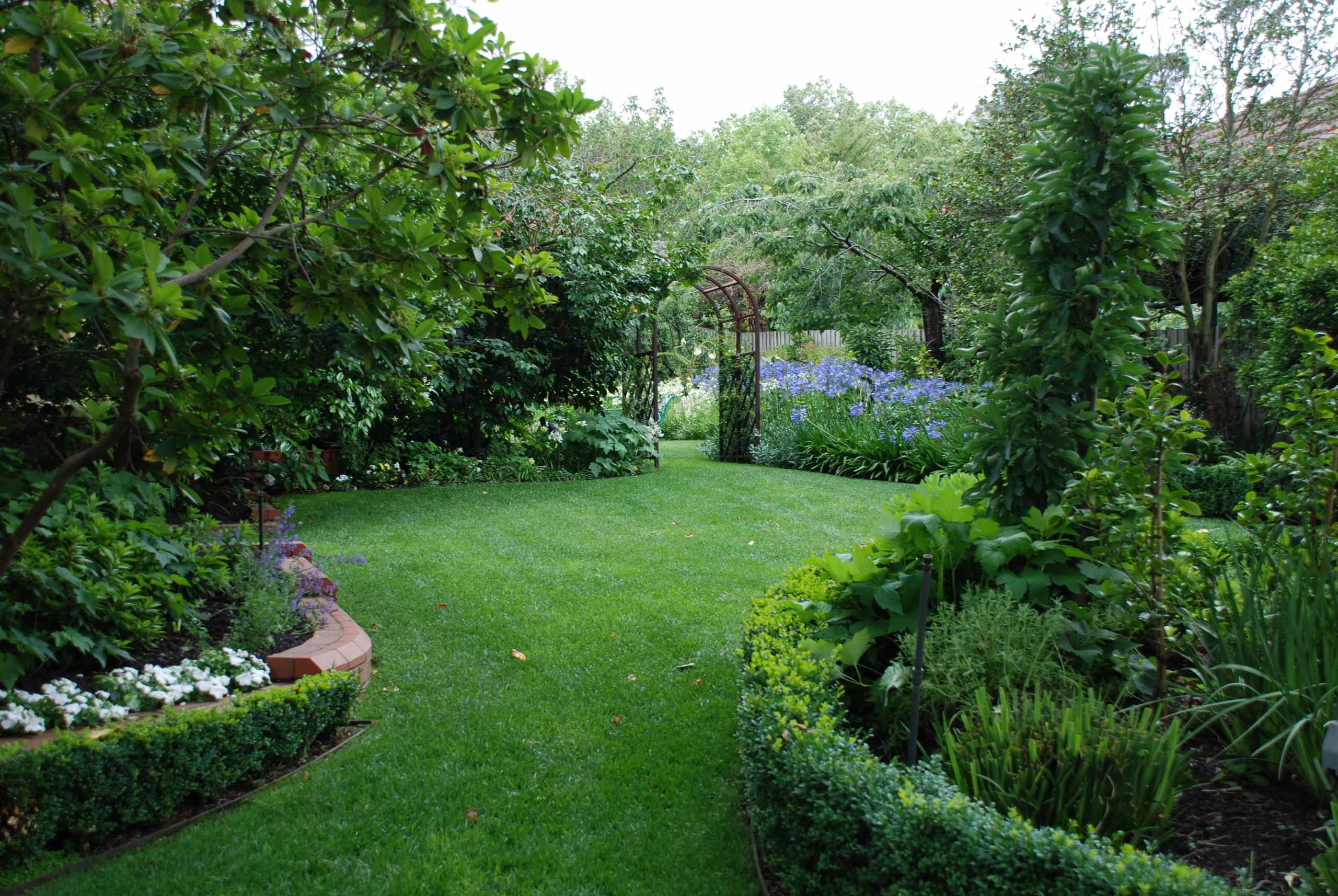
Gardens are never finished. Nature insists on:
- Movement
- Adjustment
- Evolution
Welcoming these processes creates an authentic, living sanctuary instead of a rigid, labor-intensive space.
Natural succession involves allowing plants to move, reseed, and adapt organically.
Rather than obsessively maintaining rigid lines and perfect symmetry, gentle management encourages ecosystems to find their balance.
Plants capable of reseeding or expanding naturally fill gaps left by older plants, ensuring continuous coverage. Self-selected species often thrive far better than any hand-picked alternative.
Benefits of embracing natural succession include:
- Reduced replanting needs: Self-seeding species perpetuate garden life.
- Stronger ecosystems: Plants adjust to real conditions and become hardier.
- Enhanced habitat: Dynamic gardens attract pollinators and beneficial wildlife.
Seasonal shifts bring constant renewal. Spring blooms give way to lush summer canopies, autumn colors, and winter textures.
Gardens that embrace evolution deliver fresh experiences year-round.
The Bottom Line
Creating a low-maintenance garden is not about taking shortcuts.
It is about forging an intelligent partnership with nature, where thoughtful planning, smart plant selection, and an adaptable attitude make all the difference.
By aligning with natural forces rather than battling them, your garden becomes a sanctuary filled with peace, beauty, and vitality, and it does so with far less effort than you might expect.


